House sparrows are among the most sociable and brash birds you’ll ever come across. So bold, in fact, that they tend to overtake nests and feeders without a second thought. Researchers have noticed that these cute, tiny birds can be quite determined when it comes to getting what they want, especially when it comes to what they eat. We’ve seen these birds eat almost anything and everything. Their diet largely consists of grains, oats, and insects, but do house sparrows eat sunflower seeds?
The quick answer is yes, house sparrows love to eat sunflower seeds! Sunflower seeds aren’t just part of their diet – they’re actually one of their most treasured treats.
In this article, we’re going to talk about what makes house sparrows unique. Also, if your backyard is in the midst of a house sparrow invasion, we’ve got you covered. You’ll find a list of tips and tricks you can use to minimize the damage.
Why Do House Sparrows Eat Sunflower Seeds?

Sunflower seeds attract more birds than many other types of bird seeds. They smell good, they taste good, and more importantly, they’re a great source of minerals and vitamins. They like them so much that they’ll often sift through a mixture of seeds just to pick them out.
Besides being loaded with minerals and vitamins, they’re also rich in fats and oils—all of which are vital for these birds’ health. Another reason is that some types of sunflower seeds have thin shells that are easy to crack open. House sparrows open them by pounding on the shell or chewing them with their bills.
Plus, they’re easy to digest. All in all, sunflower seeds make a tasty and delicious snack that house sparrows can feast on without putting in too much effort.
Types of Sunflower Seeds
Author Note: There are two main variants of sunflower seeds: striped and black oil seeds. There’s a third category: hulled seeds, but they’re not a specific type of seed; they’re just seeds that have had their shells removed.
Let’s learn a little bit about each type.
Striped Sunflower Seeds
Striped seeds have thick husks, or shells, and are larger than other types. They’re distinguished by their black and gray striped exterior.
Their husks are tough and hard for sparrow beaks, which is why they don’t care much for striped sunflower seeds. Also, cracking the shells takes up too much of their time.
However, if there’s nothing else, they’ll put up with eating a small handful. Then, they’ll quickly fly away in search of something more fulfilling and less time-consuming.
Black Oil Sunflower Seeds
Black oil seeds have thin, dark-colored husks. Birds can’t get enough of these because they’re pretty easy to crack open. Then, once they’re opened, the hulls, or kernels, are small. House sparrows find these easy to pull out.
Plus, the kernels are rich in fatty acids called linoleic acids. They’re necessary for bird health and help them get through the colder months.
They’re also good for our health, which is why they’re used for making cooking oil.

Hulled Sunflower Seeds
Hulled sunflower seeds are those that have had their husk removed. So, you’re left with the edible part of the seed, also known as the kernel or chip. They can be either striped or black oil seeds.
One of the great things about hulled sunflower seeds is that there are no shells to clean up. They’re no-mess and low-maintenance. All you get is the tasty, nutritious heart of the seed.
This is one reason why house sparrows can eat a lot of them in one feeding! If you’re offering hulled sunflower seeds, make sure you ration it out. Otherwise, they’ll make themselves sick eating way more than they should.
The one drawback of this type of sunflower seeds is that they turn mushy when wet. As a result, you’ll have to clean out the feeder more often than you would if you were offering other types of treats.
Getting to Know the House Sparrow
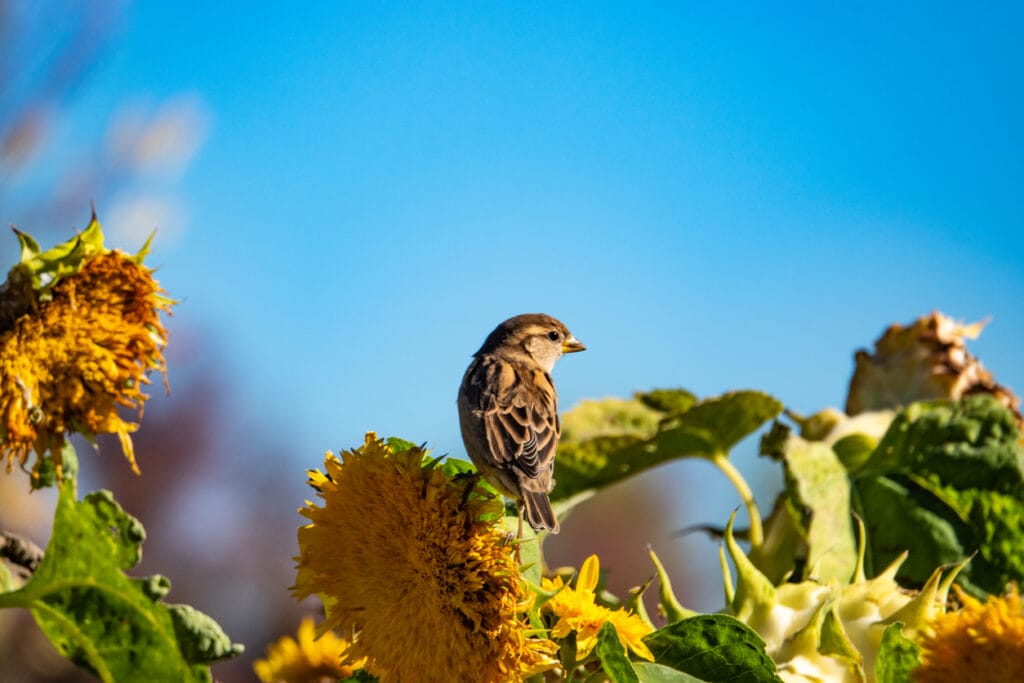
Keep reading for some interesting tidbits about our friendly, neighborhood house sparrow.
Size
This small brown and gray bird species measures an average of 5.5 to 7 inches long and can weigh from 0.85 to almost 2 ounces. They have a wingspan that can reach anywhere between 7.5 to 10 inches long.
Appearance
Author Note: One of the distinguishing features of house sparrows is their puffy chests. If you look close, you’ll notice the males have a smattering of black feathers on their chest and throat. Males fluff up their chest feathers when trying to woo prospective mates.
Habitat
House sparrows are social birds. They easily adjust to almost any environment. Because of their fascinating ability to survive and adapt, they’re considered one of the most widely distributed wild birds in the world.
They prefer settling down in towns, cities, and residential areas. It seems like they enjoy the company of humans. However, there are certain places they tend to stay away from, like uninhabited forests, deserts, and woodlands.
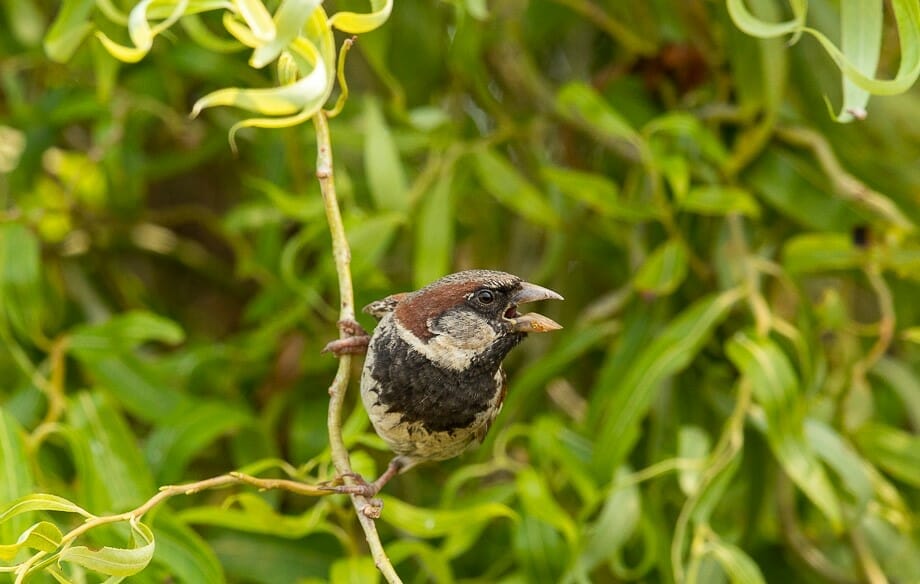
Nesting
House sparrows make their nests in just about any small opening or nook they can find. If they can’t find one, they’ll take someone else’s. These cute birds have been known to overtake nests belonging to swallows, bluebirds, and other bird species.
Whether they usurp other birds’ homes or make their own, it seems that the males do most of the building. They spend many months gathering dried vegetation for the nests. The irony is that they can be extremely hostile when it comes to defending their homes against intruders.
Diet
House sparrows aren’t picky eaters. Believe it or not, they’ll eat anything they can get their hands on.
Because they’re quite small, you can find them hopping on the ground when foraging for food on the ground. This is where they can find the most amount of food, including insects, grass, weeds. You’ve also seen how much they enjoy snacking on sunflower seeds.
Are House Sparrows as Invasive as People Claim?
House sparrows are adamant about getting what they want, be it food or shelter. Their determination is kind of admirable, but it can also be annoying after a while because it seems like they’re always in your backyard!
Because house sparrows usually travel in groups, you rarely find one or two of them in your backyard. They usurp feeders and drive away other bird species, such as Orioles, tanagers, and finches.
This invasion is disappointing for bird lovers who’ve taken the time to set up feeders and offer adequate nesting sites. This is why house sparrows are often seen as pesky and troublesome by homeowners, especially those who put up bird feeders in hope of attracting other bird species. It’s also disheartening for all the other birds who want to eat, drink, and rest without being bothered.
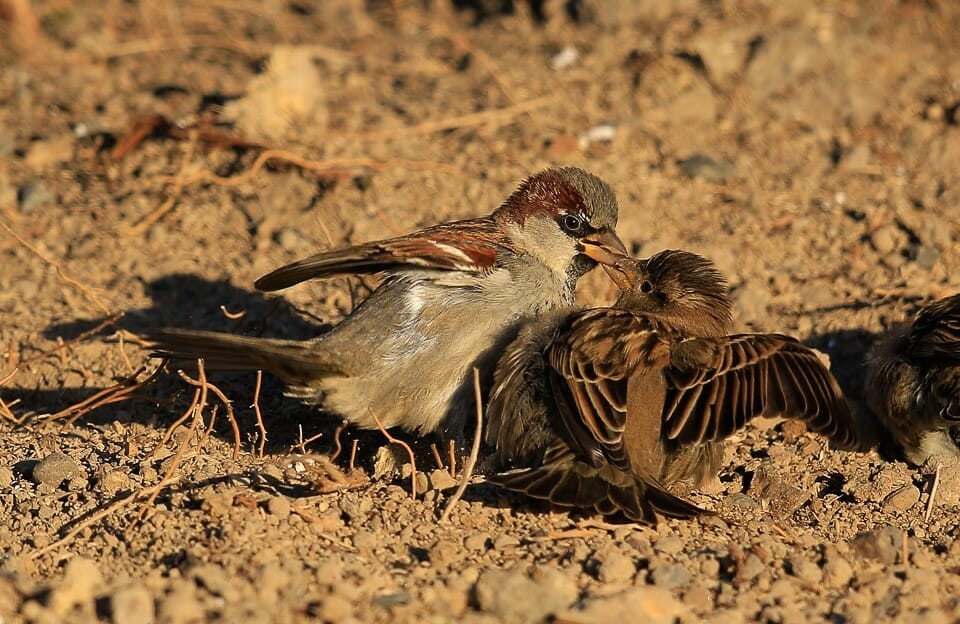
How to Keep House Sparrows Away
Are house sparrows taking over your feeders? Do you love feeding and sheltering small birds, but fear house sparrows seizing them and chasing other birds away?
Author Note: Read below for a few ideas you can use to discourage house sparrows from going into your backyard. Hopefully, when you try these ideas, they’ll stay away, giving other types of birds a chance to eat in peace.
- Clean under feeders to stop house sparrows from eating spilled seeds on the ground
- Put black oil sunflower seeds in mesh or tube feeders to deter house sparrows
- Add short perches to feeders to discourage groups of house sparrows from gathering
- Switch to striped sunflower seeds because house sparrows find them difficult to eat
- Avoid placing cracked corn and black oil sunflower seeds in open feeders
- Fill feeders with treats house sparrows don’t enjoy, like fruit, nectar, Nyjer, or suet
- Add large treats with hard exteriors, such as whole corn kernels and shelled peanuts
- Hang upside-down feeders because house sparrows tire quickly and can’t cling for long
- Set aside an area where house sparrows can enjoy their food without bothering others
- Hang drippers or waterers rather than having a big birdbath
- Keep an eye on potential house sparrow nesting sites from as early as February
- Make sure you don’t put up birdhouses until April
- Keep birdhouse entrance smaller than 1.25 inches to discourage house sparrows
- Get rid of dusty, dry areas in your yard where house sparrows enjoy taking dust baths
- The extreme option is to remove all traces of water, food, and shelter

The Takeaway
Now that we know a bit more about house sparrows, we have a better understanding of some of their behavioral patterns.
It also becomes easier to answer the question of whether or not house sparrows eat sunflower seeds. You’ve seen how sunflower seeds are one of their all-time favorite treats, especially black oil sunflower seeds.
If house sparrows are invading your backyard, try some of the ideas we mentioned above. They’ll help discourage them from coming near your feeders or limit their visits to certain areas of your backyard. This way, you can enjoy having a variety of birds dropping by without having house sparrows push them aside.
Fly high friends!
FAQ
They are high in fat and protein which is super healthy for the sparrows. Feeding them during the winter supports them while food is scarce.
Yes, they can be fed to sparrows as well. They also have a range of good dietary qualities.
No. There is no need and roasted sunflower seeds generally have added salt which is bad for birds.





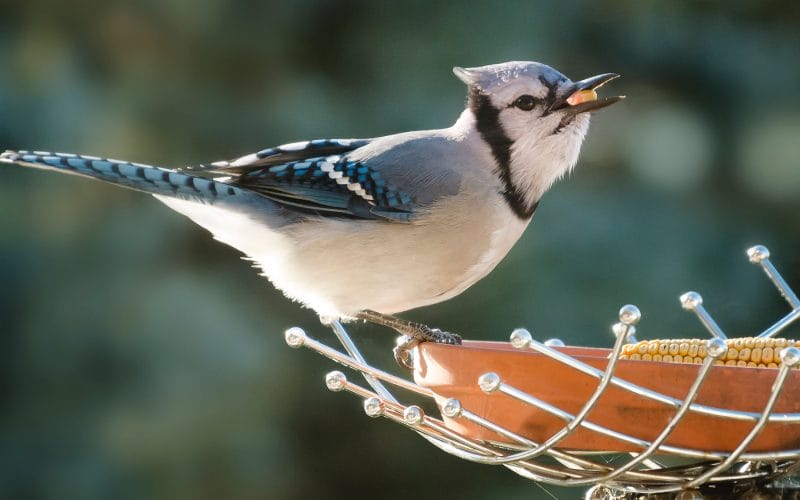
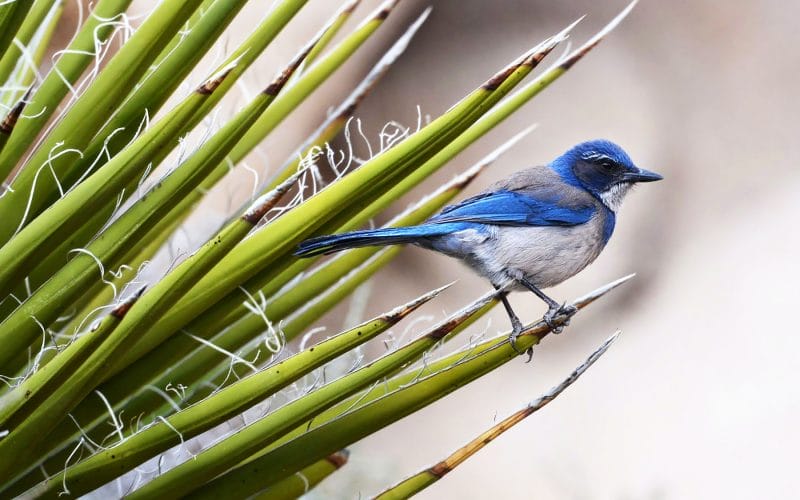
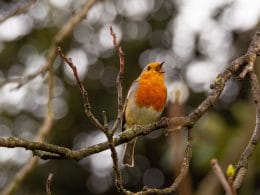
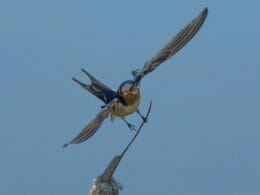
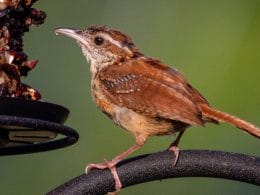
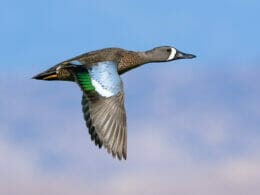
Really enjoyed reading this particular article because I actually love watching my little Sparrow friends. Their societies are easy to observe & while I’ve seen them bickering with one-another, they gladly shared my 3 type of feeders with beautiful & bigger Mourning Doves, Blue Jays, and even Starlings. (Starlings worry me because the last thing I need is a mess of Starlings overtaking my feeders. But still, my Sparrow friends which are supposed to be an invasive annoying species, give me so much fun & joy watching them feed. But the funniest thing about my Sparrows is watching them take baths. They REALLY get into full-on swishing & flapping about; it’s hysterical! They know too, when I change the water 3 times & it’s totally clean. They go to town drinking & flying right afterwards. I guess you’d call it a D.U.W. Drinking Under the Water Influence.
Sorry but I 💕 Sparrows.